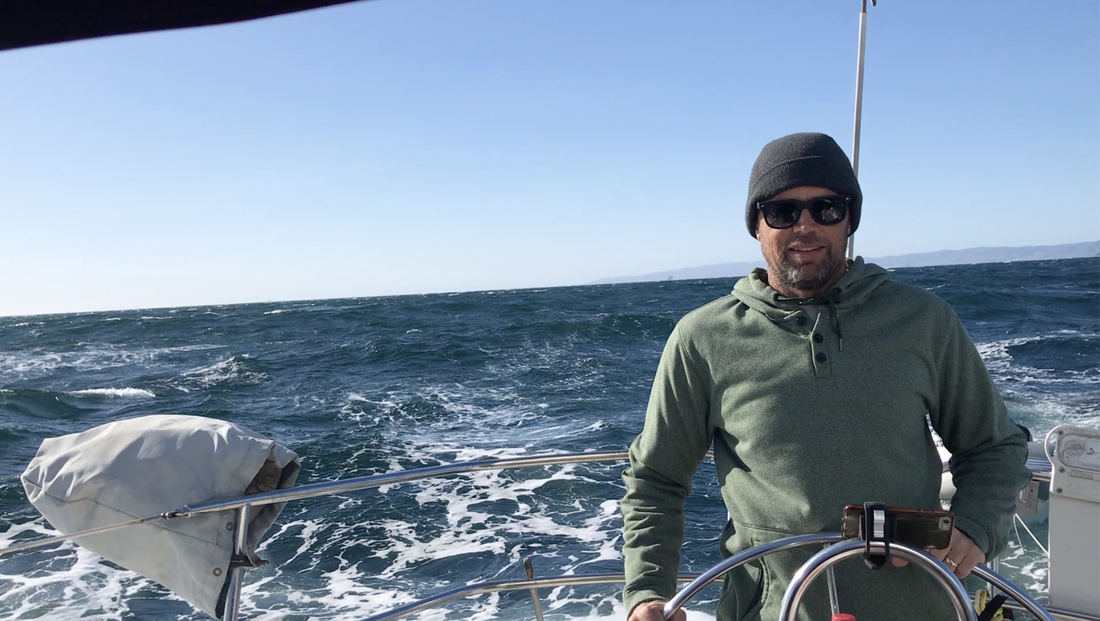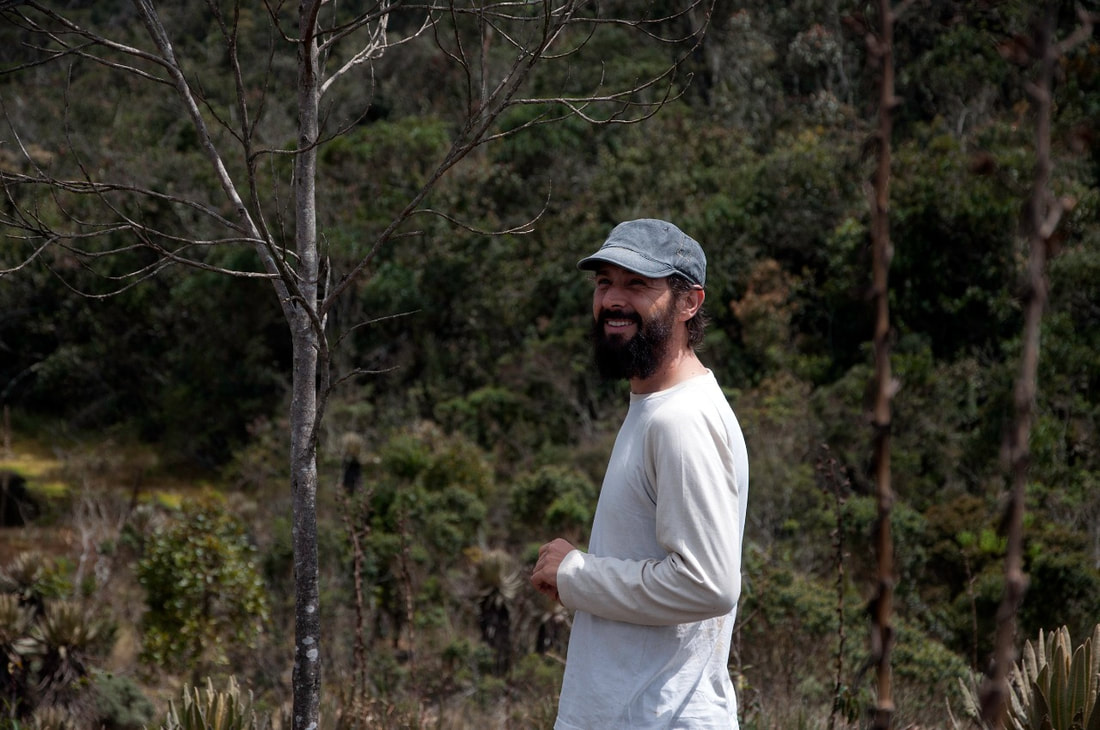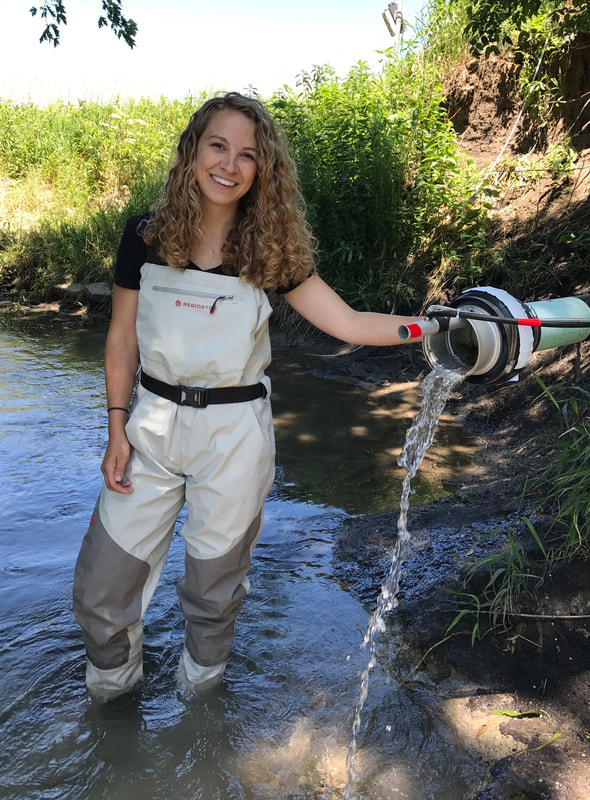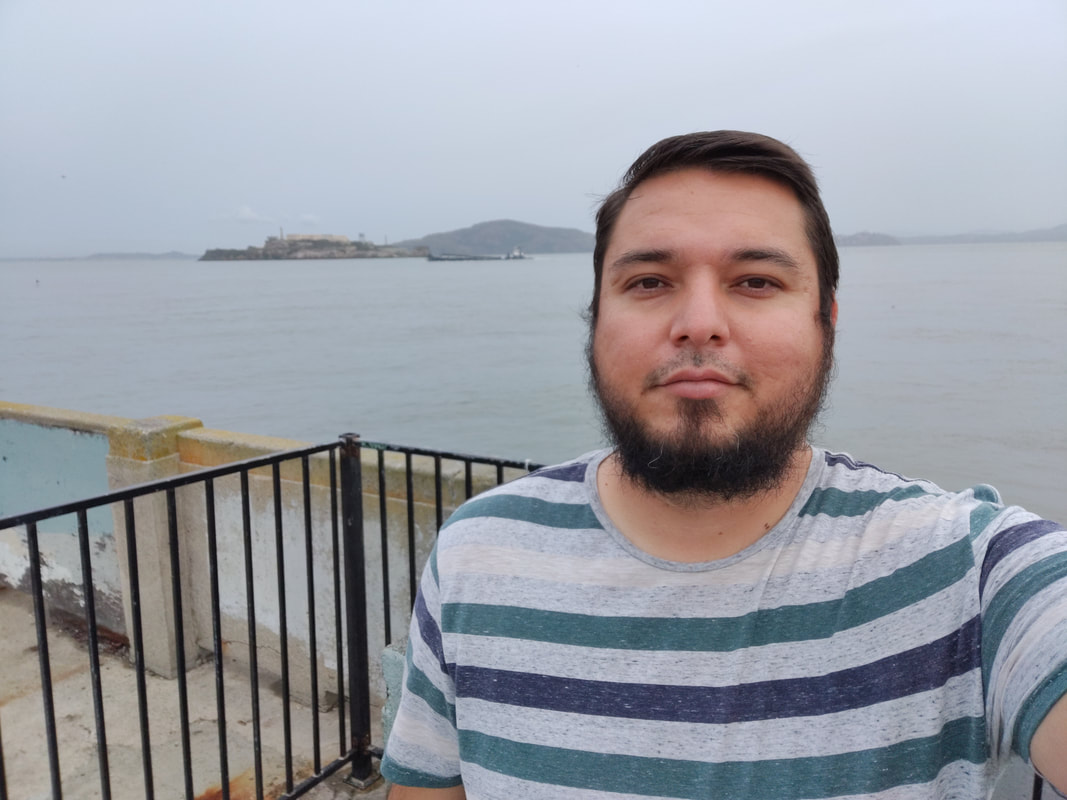Ecohydrology is the beautiful, contemporary convergence within the natural sciences reconsidering our approach to systems and units of study at a moment when a century of reductionist traditions has led us to highly contextualized, divergent explanations for how the world works. I know that’s a mouthful and a broader definition than what most folks consider. But I find that this is what the community is operationally tackling. Our units of study in science are arbitrary, and within our disciplines, they are anchored to tradition. I have found it extremely useful to extend my approach to questioning beyond the narrow hierarchy of life (organisms, population, communities, etc.) and to explicitly consider how the environment is an important system feature where biology and physical sciences collide. Ecohydrology highlights how we need each other’s histories, theories, and techniques to understand how the world works, and a focus on the linkages provided by water among organisms, geochemistry, substrate, and transport has been important for inspiring creativity. Some folks focus on the narrow definition of the term and its origins, but to me ecohydrology encompasses an area of scholarship that is about confronting contrasting world-views head to a greater extent than just linking hydrology and ecology.
What are your undergraduate and graduate degrees in?
I’m a first generation college student, who had no idea what I was doing when I went to school. I began my undergraduate work at Chaffey Community College in California as a Spanish Literature major, but quickly changed to Biology when I found a charismatic professor who really helped young people find the connection between their interests and their aptitudes. I attended California State University, San Bernardino, where I received a Bachelors and Masters degree in Biology. I then studied under Stan Smith at the University of Nevada, Las Vegas for my Doctorate.
How did you arrive at working in/thinking about ecohydrology?
While I know now that I was always drawn to the types of questions we tackle in ecohydrology, the focus on water balance associated with my time at UNLV, working on the Nevada Desert FACE Facility and at the Niwot Ridge Ameriflux site with Russ Monson at the University of Colorado, were the foundations in physiological ecology that prepared me for the kind of science I now tackle (and have for the last several decades). A cynical scholar might say that the field of plant water relations was re-named ecohydrology (as might other disciplines!), but training as a physiological ecologist provided me a good balance of history and approach in preparation for the modern science we now carry out. When I came to the University of Arizona, where the NSF Science and Technology Center SAHRA was running full speed ahead, I was welcomed to table by a group of leading Earth scientists, who understood the big questions and the need for interdisciplinary scholarship. Dave Goodrich, Soroosh Sorooshian, Jim Shuttleworth, Tom Maddock, Roger Bales and others made a place for a whole cohort of ‘early career’ folks like myself, that felt empowered to ask questions without the restraint of discipline (this included folks like Russ Scott, Tom Meixner, Paul Brooks, Dave Breshears, Peter Troch, Jon Chorover, among others). As such, we found a community, organizing questions (surrounding water balance), research sites, and graduate students that helped us look at how the world worked from many different angles. I like to think that we also passed along this approach and environment to the faculty that came after us. It was an amazing, creative time that compelled me to grow as a scholar.
What do you see as an important emerging area of ecohydrology?
The area that excites me is the question of how far eco-evolutionary principles can extend to explain ecohydrological phenomena. Inherent in many of the ways we approach ecosystem and landscape processes, extends concepts illuminated with science focused on individual organisms through the lens of evolutionary ecology. A great example is the concept of optimality in stomatal behavior or the safety-efficiency debate in plant hydraulics. These ideas are embedded in such issues as response the the earth system to rising atmospheric CO2 and temperature, ecosystem susceptibility to mortality associated with drought, and the issue of responding to changes in nitrogen deposition. But how robust are the concepts and are they indeed predictive of behavior at higher levels of the life hierarchy? Included in this are the ways that humans modify the landscape and contribute to other aspects of global change.
Do you have a favorite ecohydrology paper? Describe/explain.
I’m the guy who hears the next song on the radio and says, “This is my favorite song!” So my favorite ecohydrology paper is the one I’ve most recently seen!
However, like many of my colleagues I was inspired by Noy-Meir (1973) as a student, but more directly by Smith et al. (1995) [Soil-plant water relations in a Mojave Desert mixed shrub community. Journal of Arid Environments 29:339-35]}. Noy-Meir helped me think about dynamic systems and how diversity contributed to process in a variable environment, but I simply loved the Smith et al., description of landscape components of a coupled, soil-plant context and the use of mass balance to understand a limiting resource in an ecosystem that I could understand.
I am also drawn to the contributions of early career folks, so I thought that the review provided by Jenerette et al., (2012) Organization of complexity in water limited ecohydrology. Ecohydrology 5:184-199 was outstanding.
I recently find myself also diving into old literature in trying to understand the foundations of our science. As a result, there is a treasure-chest of old literature from the Carnegie Desert Laboratory at Tumamoc Hill in Tucson, Arizona, especially the early work of Burton Livingstone and Forrest Shreve - they produced amazing data on plant-soil-water dynamics with very limited instrumentation!
What do you do for fun (apart from ecohydrology)?
For me water is the solvent for all fun. So, with my wife and daughters, I focus on the ecohydrology of surfing, sailing, and skiing as much as possible!




 RSS Feed
RSS Feed